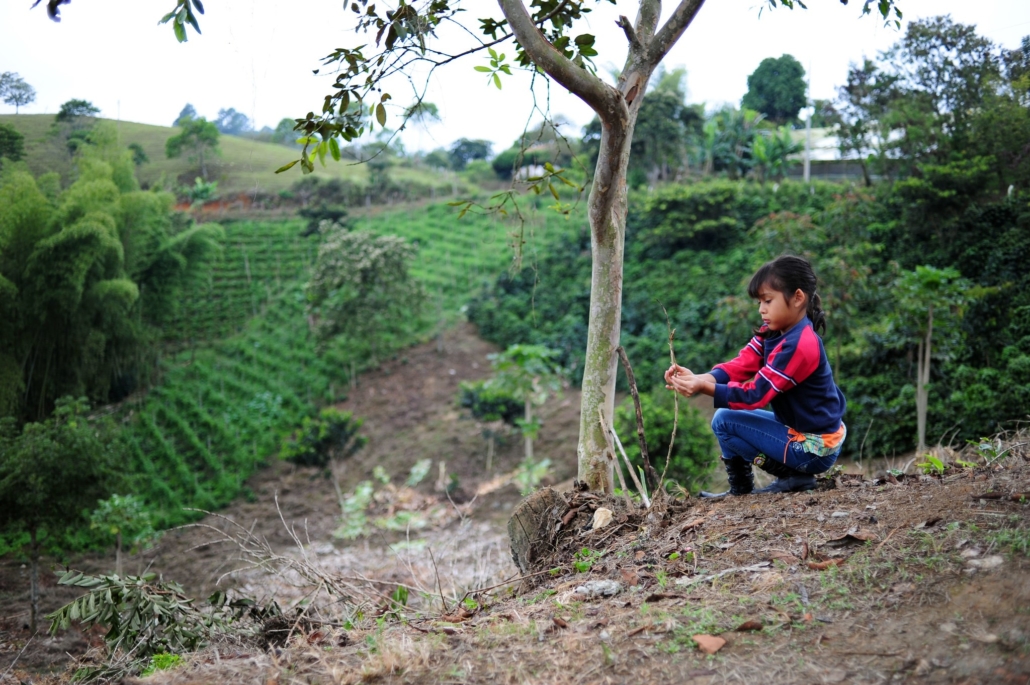COVID-19 in Colombia: 3 At-Risk Groups

Officials have reported 16,295 cases of COVID-19 in Colombia and 592 deaths as of May 19, 2020. In an effort to contain the virus, the government has closed all international travel. It has also recently extended its nationwide stay-at-home order through May 25. Testing is available at the Colombian National Institute of Health facilities.
Most public locations remain closed. Individuals over the age of 70 will need to self-isolate until at least the end of May 2020. Municipal authorities allow one hour per day of exercise, at prescribed times, for individuals ages 18 to 60. Though the virus poses a nationwide public health threat, here are three particularly at-risk groups in Colombia.
COVID-19 in Colombia: 3 At-Risk Groups
- Indigenous Peoples: With historically limited access to food, shelter and health care, indigenous communities on the outskirts of cities and towns remain unprepared for the pandemic. A scarcity of clean water and hygiene products has left many without the means to maintain personal cleanliness and prevent infection. In addition, some of these semi-nomadic groups are now at risk of starvation. Due to quarantine restrictions, indigenous communities cannot move around to access their means of subsistence. They may be unable to grow their own food or survive by working temporary jobs. Organizations such as Amnesty International (AI) are working to raise awareness about this urgent issue and garner support from Colombian authorities. Along with the organization Human Rights Watch (HRW) and the Colombian Ministry of the Interior, AI petitioned the government to deliver food and supplies to at-risk indigenous groups. In response to these efforts, Colombian officials initiated a campaign to provide indigenous communities with food and supplies. The first round of deliveries went out in April 2020 but still left many without aid. AI and partner organizations will continue working with leaders of the campaign to reach more people in future deliveries.
- Refugees: Venezuelan refugees are another group at high risk due to the outbreak of COVID-19 in Colombia. The virus has compounded instability from low wages and rampant homelessness. Many have lost temporary jobs as economic concerns heighten nationwide. With fear and social unrest on the rise, refugees also face increased stigmatization. Some states, for example, are forcibly returning refugees in response to the virus. The U.N. Refugee Agency (UNHCR) and the International Migrant Organization (IOM) have instigated a call to action. Eduardo Stein, joint UNHCR-IOM Special Representative for refugees and migrants from Venezuela, explained in an April 2020 statement that “COVID-19 has brought many aspects of life to a standstill – but the humanitarian implications of this crisis have not ceased and our concerted action remains more necessary than ever.” U.N. representatives are seeking out innovative ways to protect Colombia’s migrant population and provide refugees with information, clean water and sanitation. Some organizations have also set up isolation and observation spaces for those who have tested positive. Others, including the World Health Organization (WHO), are distributing food and supplies to refugees and their host communities.
- Coffee Farmers: As COVID-19 continues to spread throughout South America and the world, Colombian coffee farmers are grappling with new economic uncertainties. Since extreme terrain limits the use of mechanized equipment, these farmers tend to rely on manual labor. In a typical year, some farms hire between 40% and 50% of their workforce from migrant populations. Now, however, travel restrictions have left many with a shortage of manpower. Large-scale farms are seeking out unemployed retail and hospitality workers from local areas, offering pay rates at a 10% to 20% increase. On smaller farms, family members can manage the crops. However, medium-sized operations, in desperate need of labor and unable to match the wages of larger competitors, are feeling a significant strain. Even the largest farms could struggle to meet their expected harvest in 2020. Public health officials have ordered strict distancing measures in the fields, which reduces picking capacity. Though disruptive in the short term, these efforts should help contain the spread of the virus and allow farmers to resume full operation as soon as possible.
COVID-19 in Colombia has undergone rapid growth, bringing economic and social challenges in its train. Now more than ever, it is incumbent upon world leaders to support vulnerable populations in Colombia and help the nation emerge from this world crisis.
– Katie Painter
Photo: Flickr
